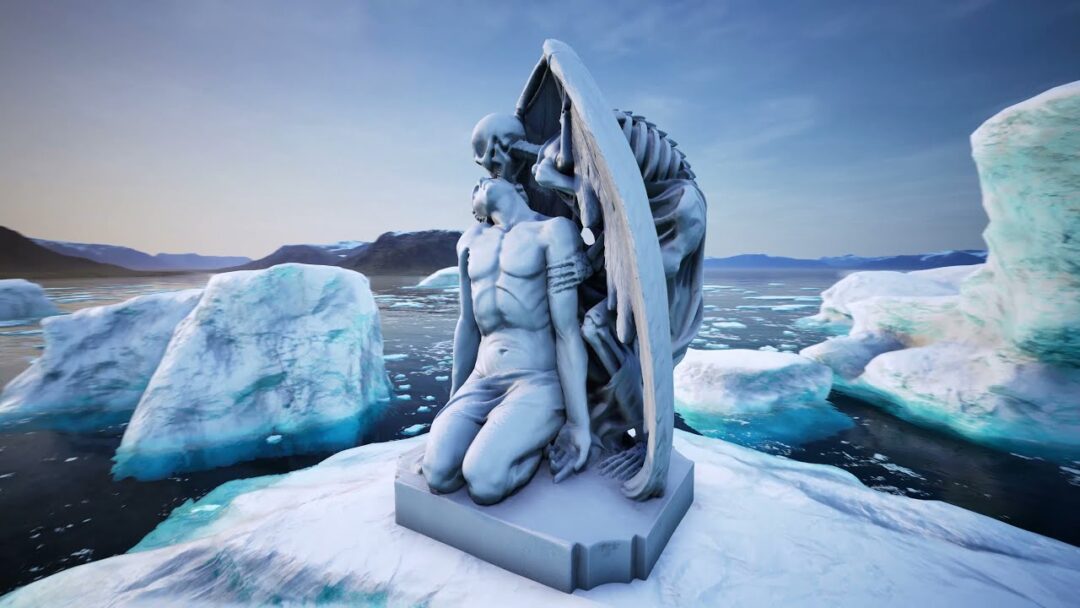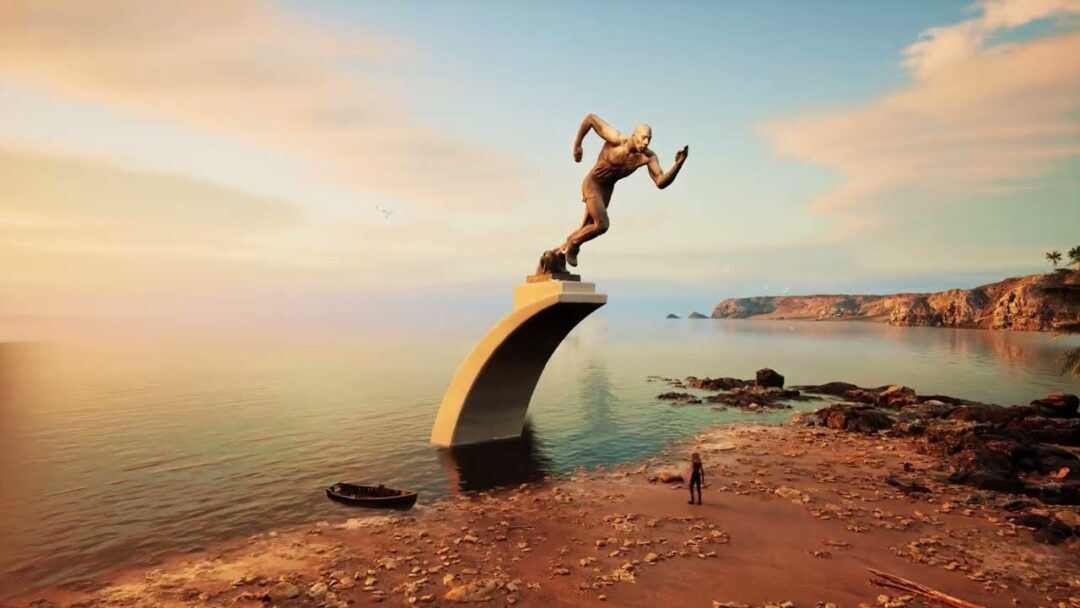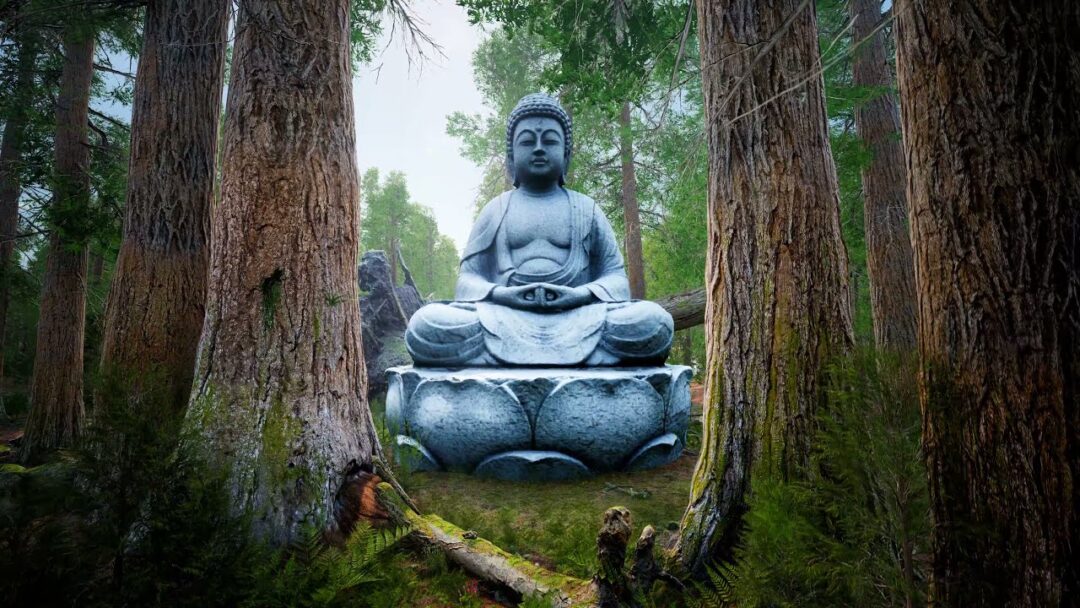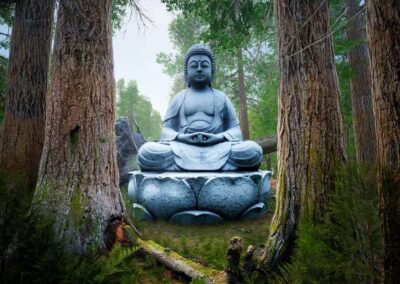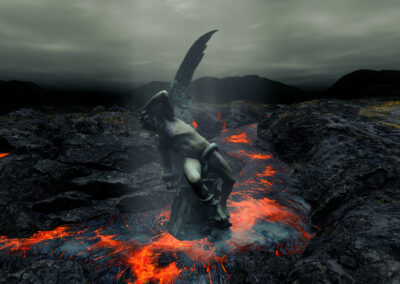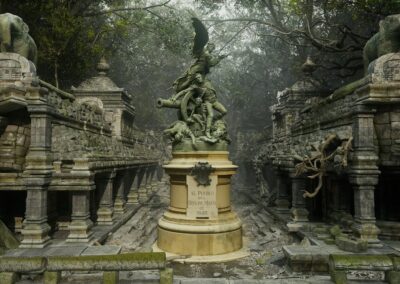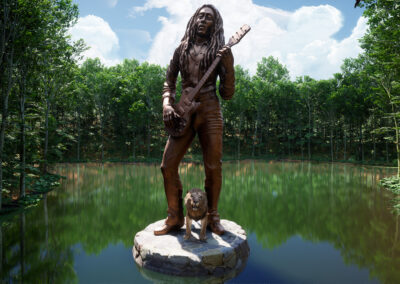London Watchdragon Alternate Realities
View one of the majestic London Watchdragons in this immersive experience, recreated back it time when the forests still thrived and the snow was deep and strong.
The City of London is guarded by 14 watchdragons, fearsome beasts that stand over the major routes into the city based on the dragons that are in its coat of arms. This dragon is one of the 2 originals located on either side of Embankment, made of cast iron it stands on 6 feet high plinths of Portland stone and guards the Holborn Viaduct, a victorian bridge that spans Farringdon Street and was engineered by Rowland Mason Ordish.
They were originally mounted above the entrance to the Coal Exchange on Lower Thames Street, designed by the City Architect, J. B. Bunning, and made by the London founder Dewer in 1849. The dragons were preserved when the Coal Exchange was demolished in 1962–63.
A small sign on the base of the dragon says that they were formerly mounted above the entrance of the City of London coal exchange, and the inscription “Dewer London 1849” can be found on the back of their shields for authenticity.

